Living Planet
Nature · Earth · ClimateNature Notes: October 2021
A RIVER RUNS THROUGH IT ...
In the fading light of early September's mini-heatwave, to the surround-sound of Autumnal thunder rolling in from the south, combine harvesters cut up the low-lying, heavy blanket of still, hot, air as they raced to garner the last of our crops. The overnight rain did little to percolate the earth's hard, clay skin but the freshness and suspended 'mizz' at sunrise saw bucks and does patrolling the dawn, more obvious as the last of their strongholds had fallen. Red Kites wheeled above the now bare fields, whilst bouquets of bedraggled young hen pheasants followed by a few sparse cocks - already down from their overnight perches - waddled together at speed towards the stubble, on the look-out for dropped kernels.
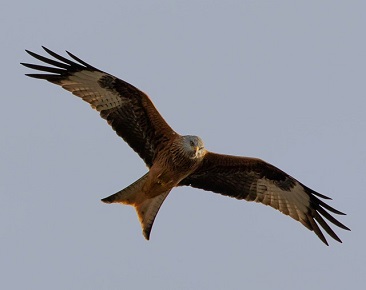
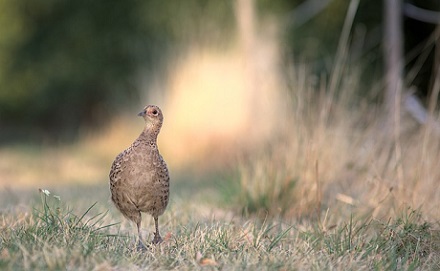
This traditional month of foraging and feasting before migration/hibernation/cooler temperatures didn't disappoint. The greens and golds of September were studded with sun-lit scarlet haws and poppy-red rosehips in the hedgerows, sometimes intertwined with strangling brambles carrying dark jewelled blackberries or spiked by branches full of smoke-bloomed sloes; tangles of inky purple elderberries that once cupped crowns of tiny fruit skywards now hung down enticingly in droopy bunches with the last of their fruit, whilst small, tight, red clusters of Honeysuckle berries, poisonous to humans tongues, shone their beads of edible delight like beacons towards thrushes, squirrels and dormice. Mahogany-bright conkers began to slip from their spiky shells above, but not that many, nor quite in time for putting in room corners, before the month of spider sex began and great long legs scampered everywhere in search of a mate. However, my periodic furry house-guest has been in residence and Shrew-Bert/Bettie has been hoovering them up for breakfast/lunch/tea!
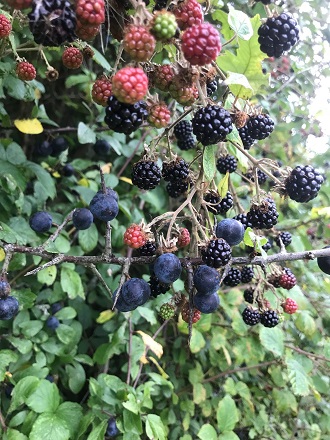
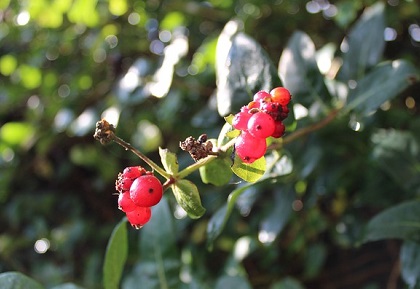
In the middle of the month the sunshine brought a fresh flutter of Clouded Yellow and Large White butterflies across the channel, just as some of the birds in our village were preparing to depart. One morning I walked through the midst of an incredible overture of tweeting, chirruping, and swooping feathers as over fifty swallows and house martins assembled on a set of telephone/electricity wires. Like living notes on sheet music, the tune was constantly changing with the birds' shapes morphing from basses to treble cleffs, as they preened and reshuffled, flew off the bars around my head and came back again in different places. It was the music of Autumn - an uplifting score but one with pensive reflective notes. I found myself wondering at the fate of those who do make it all those thousands of miles there and back again next year, to nest where they were born, only to find their homes gone, like the 'wine barn' at Rowfold/Crosby Farm which may well be a building site by then.
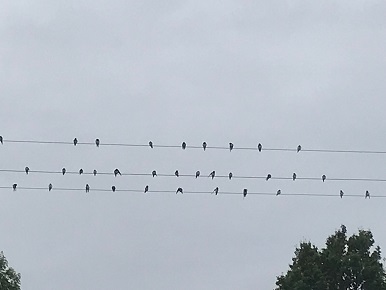
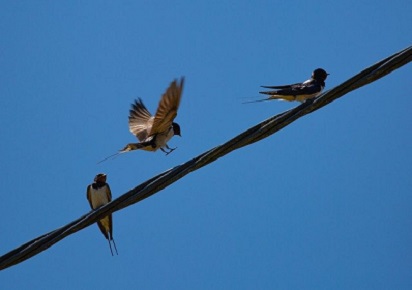
There is something both inspiring and heart 'panging' about nature. Although its' reassuring rhythm and patterns, heralded by the timing of the seasons is changing, it still never fails to surprise or uplift. Further down the track, a favourite oak tree 'sang' - alive with the sound of both starlings and tits; a zig-zag of dragonflies 'rattled' their wings along the hedge beneath and the lead singer of a gaggle of low-flying, grey-lagged geese honked overhead, possibly on their way to join others at Knepp - where several hundred had gathered on the eve of our Slinfold Village Day. Then I heard a high-pitched double whistle accompanying a flash of brilliant turquoise blue, as a kingfisher took off from the water into the trees - my first sighting this year.
Our river levels have been low of late but still contain their own amazing gems. This October one of nature's most incredible journeys will commence as mottled in the shadows, under the light of moon and stars, their instinct to feel and reproduce, adult eels start to migrate. Between 20-50 years old (depending on sex, resources and temperature), having shifted from gold to silver for disguise and now with sex organs, sharper snouts, thinner lips, larger pectoral fins, and bigger, brighter eyes to see in the oceans depths, these snake-like fish will flow like liquid back through our village, down the Arun and Adur (whose western tributary arises as a spring in the south) to the sea at Littlehampton and Shoreham-by-sea respectively. Here they will head out across the Atlantic Ocean, thousands of miles to the Sargasso Sea in the Caribbean, where they were born, to breed and reproduce themselves, before they die. Their new offspring will hopefully survive the shift in our ocean currents to be carried back to our shores by the Gulf Stream as larvae; a journey which can take up to 3 years and can cover around 4,000 miles!
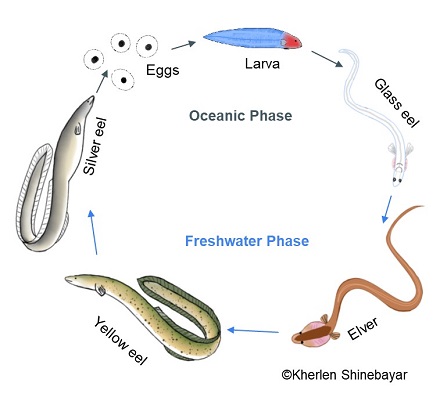
Shaped rather like a willow leaf with a tiny head and round black eyes, these larvae will then start to metamorphose; firstly, into transparent 'glass eels', and then 11-12 cm long 'elvers', as they navigate up our freshwater tributaries and streams, whilst avoiding weirs, pumps, fishermen and the effects of pollution. Less than 98% make the journey; European numbers having declined by 95% in 25 years and Sussex eels have fallen by over 90%. Now 'Critically Endangered' and a protected species, they are a rare, but some will be present - just 'laying low', preferring dark water with plenty of mud, as they develop new teeth, fatten up and turn golden on crustaceans, small fish, worms and insects (turning silver/black after around 10 years). Others will be passing through. The Environment Agency found 5 at Theale during their last monitoring survey and I've seen both elvers in the Adur at Knepp and a fully mature, metre long, silvery-grey adult wiggling through a wet field on its' long journey back.
If the river of life is difficult for you at the moment, think of the marvels in our midst and the struggles facing our migrating wildlife. Feast on some of nature's seasonal delights - from pumpkin pies to blackberry and apple crumbles, washed down with glasses of rosehip cordial, elderberry wine or sloe gin - and hopefully you too will be transformed and prepared for the journey ahead. Eating seasonally and locally is also not only healthier and more tasty but also good for our planet! Nature is nurture, long may it flow ...
N.B Protecting communities and natural habitats are just two of the goals of COP 26 - the United Nations Climate Change summit taking place in Glasgow between 1st -12th November 2021. For more information click HERE.